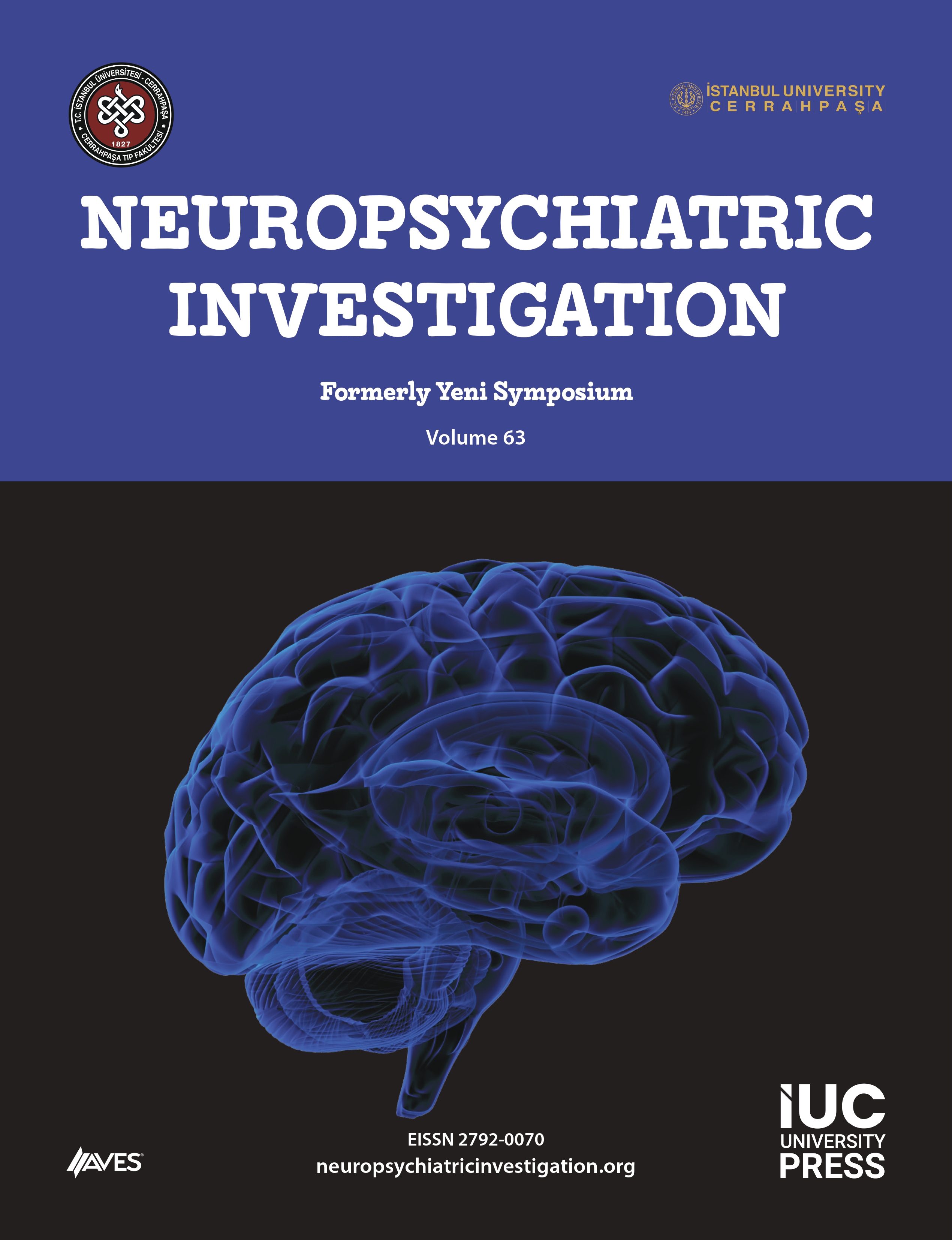Objective: Binge-watching is a behavioral phenomenon researched more frequently in recent years. The diagnostic criteria and screening tools proposed in this regard are useful for detecting this behavior. In this study, the Turkish reliability of a scale used for adults was investigated.
Methods: Online surveys, “The Binge-Watching Addiction Questionnaire prepared by Google Forms, were delivered to the participants, aged between 12 and 17. The scale was reapplied to 102 of the participants 2 weeks later. The suitability of 20 items to Turkish culture was evaluated by confirmatory factor analysis.
Results: Acceptable fit was found in terms of root mean square error of approximation and χ2/df criteria, values close to the threshold value were obtained when examined in terms of other fit criteria, and acceptable fit was found when the scale was evaluated in terms of model fit indices. The Cronbach alpha coefficients are good for Global, acceptable for Craving and Dependency, and poor for Anticipation and Avoidance. According to the retest findings, Cronbach's alpha coefficients were 0.870 for Global, 0.758 for Craving, 0.723 for Dependency, 0.621 for Anticipation, and 0.594 for Avoidance.
Conclusion: According to the results, the reliability of the Binge-Watching Addiction Questionnaire was an acceptable psychometric property.
Cite this article as: Açıkel SB, Özkent Y. Turkish reliability and psychometric properties of the binge-watching addiction questionnaire among adolescents. Neuropsychiatr Invest. 2023;61(1):6-11.




.png)